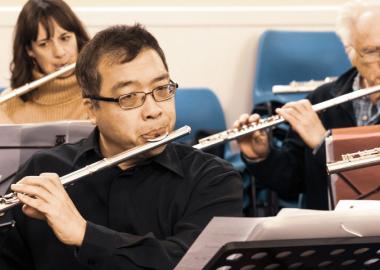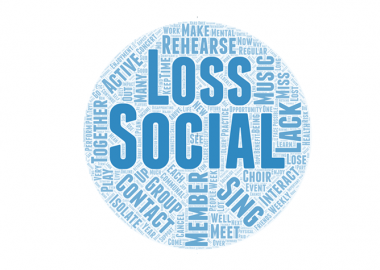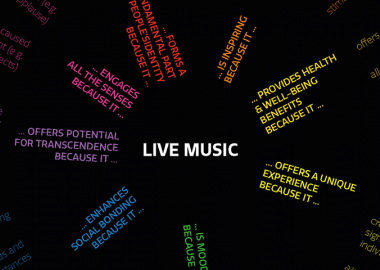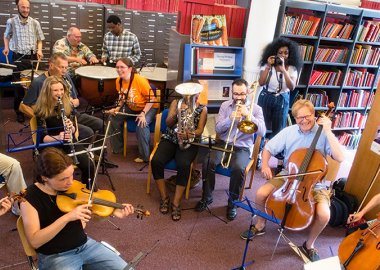-
98% of respondents do engage professional musicians, of these 8% engaged only a conductor and/or accompanist.
-
87% engage soloists to sing/play with their group and 76% engage conductors
-
97% of instrumental groups engaged orchestral musicians in the last 3 years
-
82% of instrumental groups engaged an orchestra leader and 21% of instrumental groups engaged section leader(s)
-
79% of vocal groups engaged an ensemble or orchestra in the last 3 years
The numbers engaged average 26 per year, but range from 1 to 250. The central range was between 5 and 40 musicians per year. Entire ensembles were engaged by vocal groups an average of 4 times over the last 3 years, with an average 22 musicians and an average cost of over £2,700 per engagement.
Clearly, the amateur music sector contributes considerably, and significantly, to the sustainability of professional music careers and to the professional music sector.









